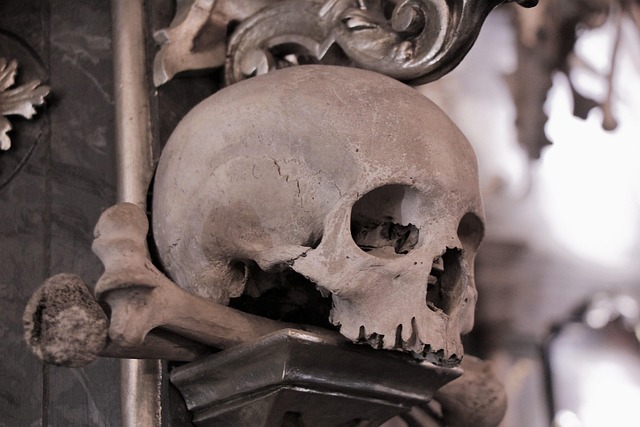【Archaeology】An Annotated WWII Underwater Archaeology Bibliography
With four decades of WWII underwater archaeology publications, the time is nigh to create a comprehensive bibliography and conduct an analysis of tren... [more]
With four decades of WWII underwater archaeology publications, the time is nigh to create a comprehensive bibliography and conduct an analysis of tren... [more]
The majority of Boston's residents are minorities. These minority residents confront the ongoing effects of racism, including the hard histories of e... [more]

For 30 years the prevailing viewpoint regarding the retrieval of archaeological faunal material has been: smaller sieve mesh yields more identified taxa. We discuss the findings of sieving experiments form a coastal midden site, in which an assemblage of
The Big Horn Medicine Wheel in northern Wyoming has been the subject of anthropological curiosity for more than a century. Yet despite this long history of investigation, relatively little is known about the uses and meanings embedded in this stone config
This article furnishes a theoretical framework, drawn from behavioral archaeology and built around the phenomenon of technology transfer, for studying any instance of technological differentiation-the proliferation of a technology's functional variants.
In this paper, an analytical tool - cluster analysis - that is commonly used in biology, archaeology, linguistics and psychology is applied to materials and design. Here, we use it to cluster materials and the processes that shape them, using their attrib
Historical factors are rarely taken into account despite their high potential for the understanding of vegetation determinism. This study aims to propose a method to stress the importance of historical factors on the current vegetation. It consists in a c
During prehistoric times, the Colorado River occasionally meandered into and filled the Salton Sea Basin, creating several huge inland lakes, variously called Lake LeConte and Lake Cahuilla. Previous researchers have identified high stands of these ancien
Pigment identification on manuscripts, paintings, ceramics and papyri is critical in finding solutions to problems of restoration, conservation, dating and authentication in the art world. The techniques (molecular and elemental) used for these purposes a

This article examines the contested versions of history, defined as a kind of discourse, surrounding the attempt to establish a museum in Tampa, Florida. As part of a strategy of urban redevelopment, white elites in Tampa in the early 1990s attempted to a
The applicability of soil chemical analysis to the interpretation of ancient human activity areas in the Maya region was studied for potential implications in anthropologically modified soils. We studied chemical signatures associated with a horizontally
This paper shows an algorithm that prealigns the front- and the backviews of rotationally symmetric objects for the registration of the two 3D-surfaces without using corresponding points. The geometric alignment of the two 3D surfaces is then performed by
Stable carbon and nitrogen isotope values were obtained from human and faunal bones form the Early Anglo-Saxon cemetery site at Wally Corner, Berinsfield, Oxfordshire, UK. These values were used to characterize the diet of the burial community as a whole
Strontium isotope analysis of bone and tooth enamel from prehistoric human skeletons is an important new technique used to address questions regarding migration. Two problems arise in such investigations: (1) levels of strontium isotope ratios in local be
The skeletal remains of substantial numbers of perinatal human infants have been excavated from within a variety of archaeological contexts dating to the Romano-British period. It has been argued that the distribution of ages at death of these infants, wh
Revista de Antropologia Americana is one of the first journals of anthropology in Spain to address the discipline in its modern sense, both academically and professionally. Published by the Department of Americanist Anthropology at Complutense University

The authors examine the spatial distribution, use-wear patterns and surface residue of bone tools from al-Basra, concluding that they were likely to have been used by Islamic metalworkers. The presence of bone tools and butchery waste in an urban metalwor